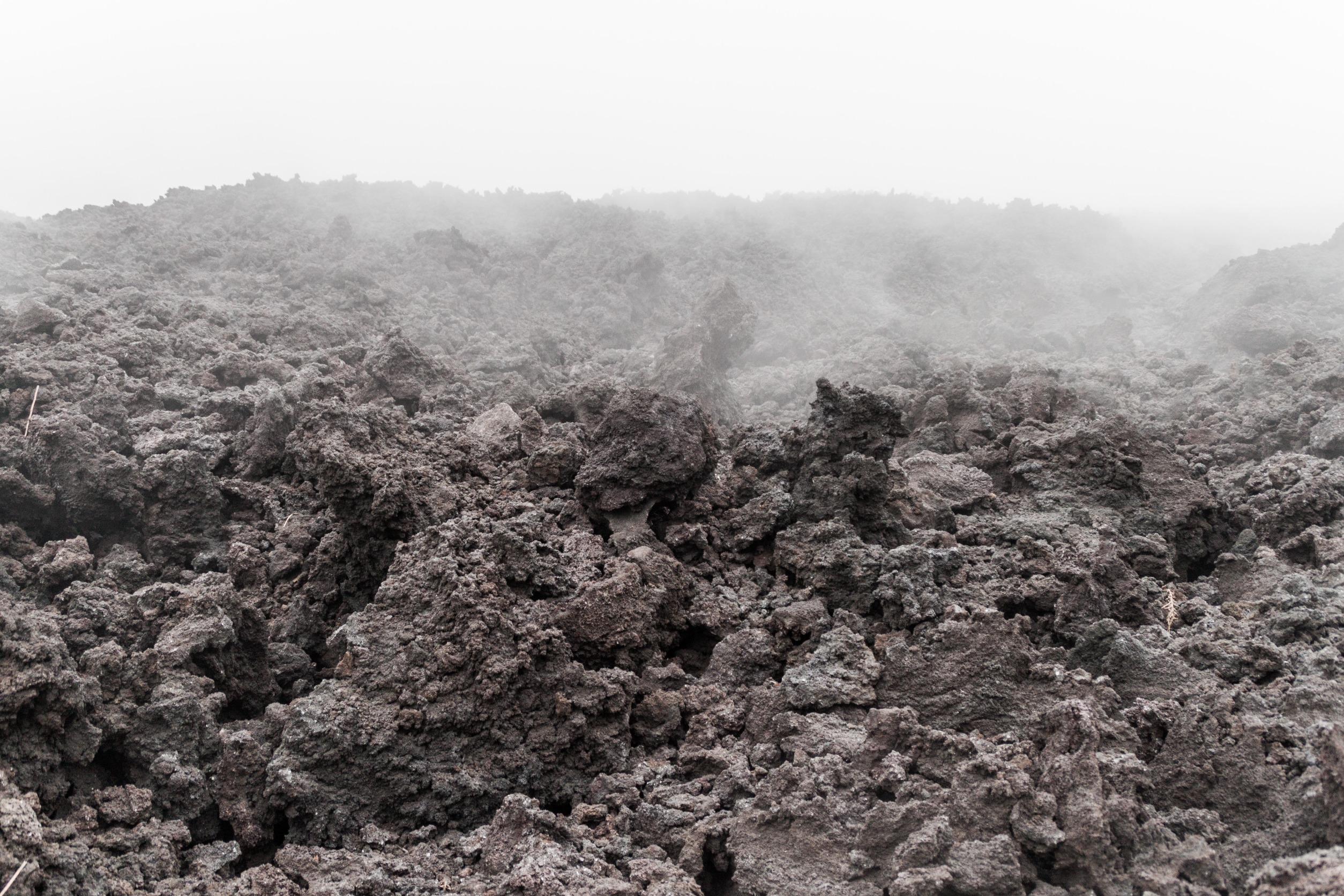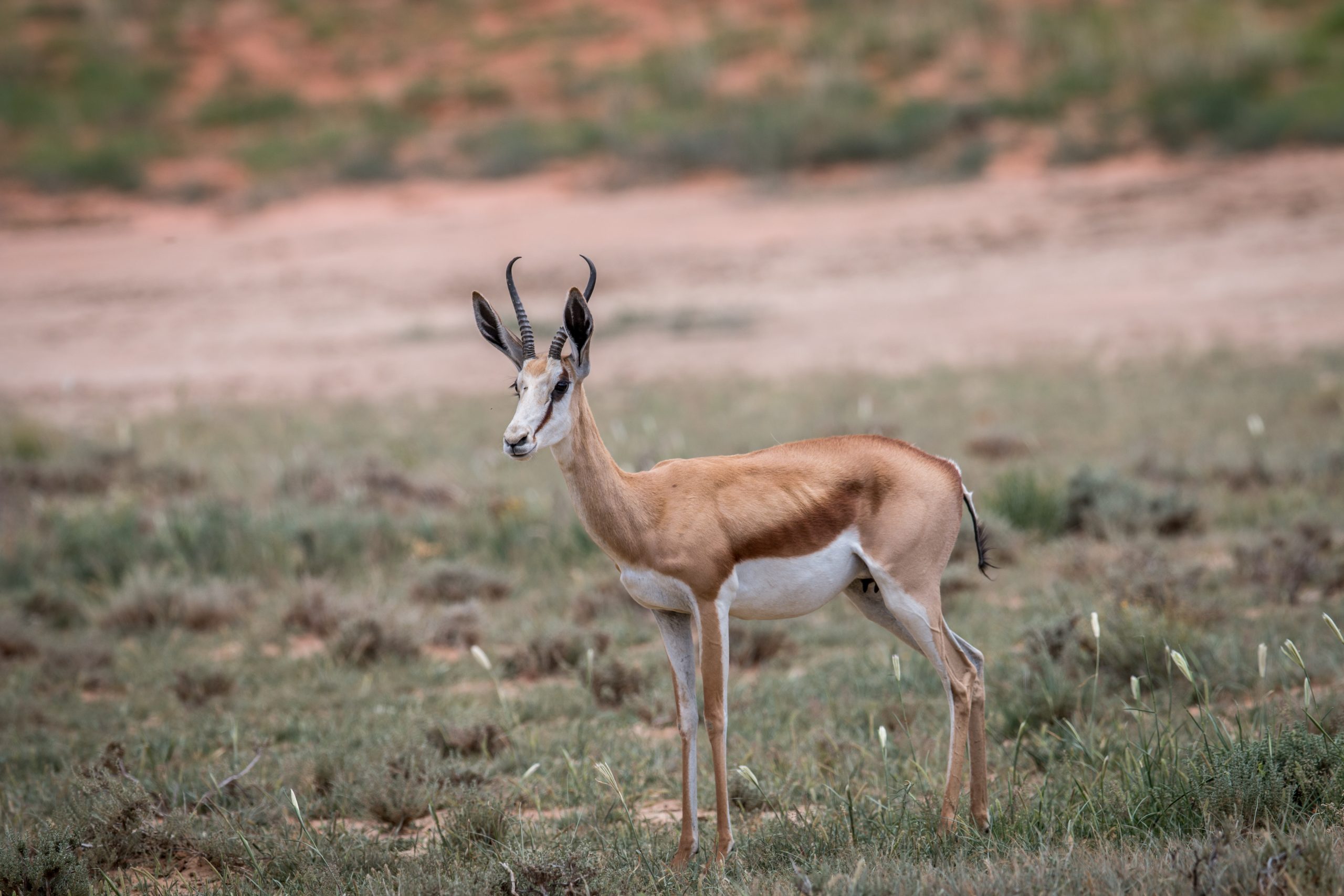Getting your baby to fall asleep can be a daunting task. While every baby is different, research has found that white noise can help babies fall asleep faster. If you’re having trouble getting your little one to doze off, here are some strategies for using white noise as a resource.
White noise works in two ways: it can mask sounds that might otherwise disrupt sleep and eventually it can serve as a psychological cue that it is time for bed. One study with babies found that 80 percent fell asleep within five minutes when using white noise compared to just 25 percent without.
The first step is finding the right machine. Many white noise machines are too loud for infants. The recommended volume for babies is 50 dBA, so parents should keep the volume on low, never higher than a conversational volume.
Research has found that white noise machines should also be kept at least 200 centimeters (a little more than 6.5 feet) from your baby. This helps control volume. Once your little one is asleep, it is important to turn off the noise machine. Leaving it on all night is not recommended by physicians as it can alter sleep patterns and affect sleep quality.
Lastly, it’s best to taper your child’s use of a white noise machine over time. Continued use can make children dependent on white noise and make it difficult for them to fall asleep without it. It’s recommended to phase out the use of white noise machines around six months old.
White noise machines can be a helpful tool for getting a tricky baby to sleep. The small addition of background sounds can be a big solution for faster bedtimes.












